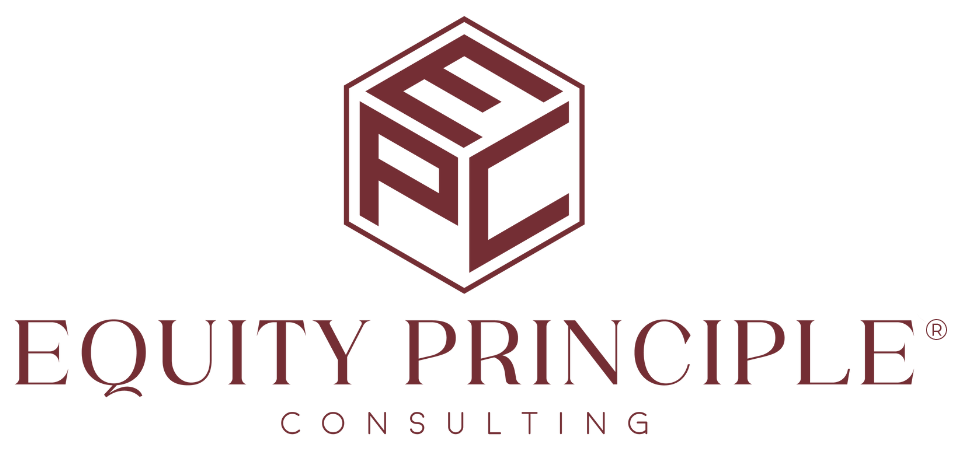When AI-Powered Tools Fail: What You Need to Know
Perhaps the tool was more complicated than anticipated, or its decisions felt inexplicable. Instead of seamless efficiency, you faced frustrated users, irritated stakeholders, and results that seemed more harmful than helpful.
This scenario is more common than many realize. While AI-powered tools hold immense potential for driving innovation and efficiency, the consequences can be significant when they fail to perform as intended—impacting users, customers, and corporations.
Let’s unpack the critical vulnerabilities in AI-powered tools, the harm they can cause, and the risks to corporations when these vulnerabilities go unchecked.
Examples of How AI-Powered Tools Fail
- Algorithmic Bias: Data used to train AI can reflect historical inequities or stereotypes, leading to biased outcomes.
- Inadequate Testing: Insufficient testing for edge cases results in errors when the tool encounters unexpected scenarios.
- Lack of Transparency: Black-box systems make understanding or explaining decisions hard, eroding trust in the technology.
- Faulty Data Inputs: Real-time or historical data errors can skew outputs and compromise performance.
- Misalignment with Objectives: AI optimizes for metrics that may conflict with organizational goals or human values.
When AI Powered Tools Fail, Here’s What Happens
Legal Risks
- Example: An AI-powered hiring tool disproportionately excludes candidates from marginalized groups.
- Impact: Discrimination lawsuits and regulatory scrutiny under anti-discrimination laws.
Reputational Harm
- Example: A chatbot generates offensive responses due to biased training data.
- Impact: Public backlash and damage to brand trust.
Financial Losses
- Example: An AI fraud detection tool flags legitimate transactions as fraudulent.
- Impact: Customer churn, reduced revenue, and strained relationships.
Regulatory Non-Compliance
- Example: A healthcare diagnostic AI violates data privacy regulations.
- Impact: Fines, restrictions, and loss of credibility in the marketplace.
Operational Inefficiencies
- Example: A supply chain AI mispredicts demand.
- Impact: Overproduction, excess costs, and wasted resources.
Loss of Customer Trust
- Example: AI-driven personalized recommendations fail to meet customer needs.
- Impact: Declining loyalty and trust erosion.
Harm to Users
- Example: A navigation app powered by AI directs users to dangerous or inaccessible routes.
- Impact: Safety risks and potential liability for harm caused.
Unlocking the True Potential of AI
Corporations cannot afford to leave these critical vulnerabilities unchecked. The solution lies in AI governance, ensuring systems are rigorously tested, monitored, and aligned with ethical standards.
By taking a proactive approach:
- Conducting comprehensive testing across diverse scenarios,
- Auditing data for bias and errors,
- Demanding transparency from AI vendors and
- Prioritizing alignment with organizational values and goals,
companies can mitigate risks while unlocking AI’s full innovation, efficiency, and sustainable growth potential.
AI isn’t just a tool; it’s a system that reflects the values and priorities of the people who design, implement, and govern it. Getting it right is not just a technical challenge; it’s a leadership responsibility.

